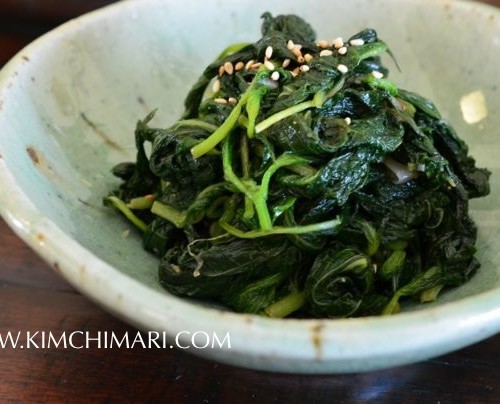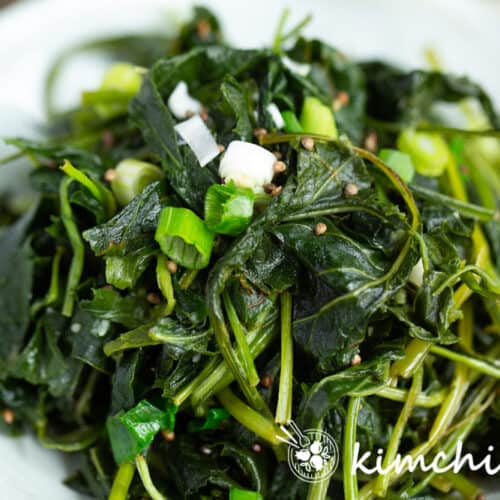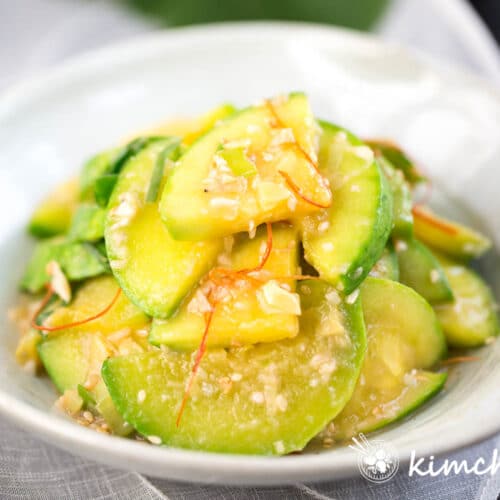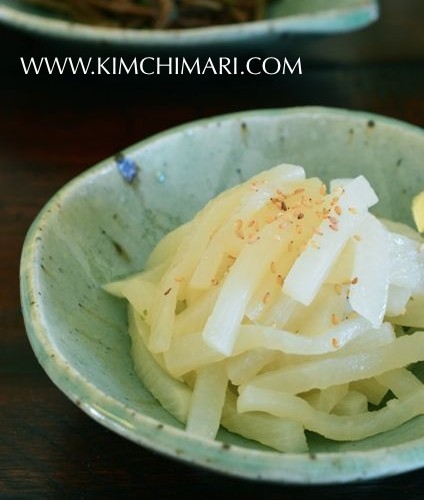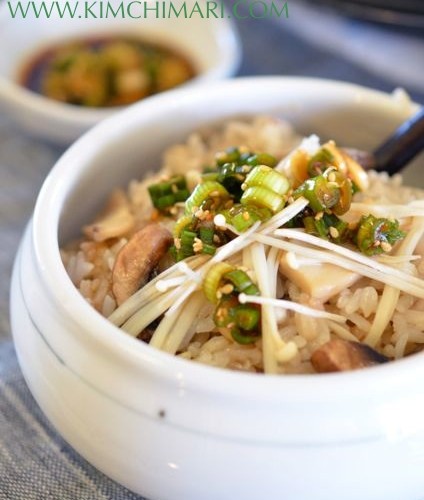What is Perilla Oil (Deulgireum) ?

Perilla oil is obtained by pressing roasted perilla seeds (들깨 Deul-kkae).
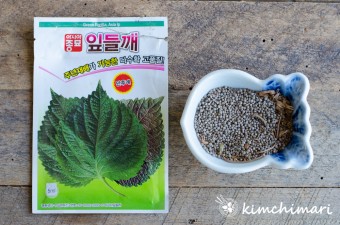
Perilla leaves are eaten as ssam or as herbs to dishes while the seeds from this plant is collected to make Perilla oil.
Perilla oil is used to flavor namuls (vegetable side dishes) that are made with wild plant leaves or roots. Also can be used to roast dried seaweed (Gim 김) or added as a finishing oil to stews like Gamjatang.
Not To Be Confused With
Sesame Oil which is produced form sesame seeds not perilla seeds.
Where and What To Buy
Korean or Asian grocery store, online, Amazon. There usually isn't as many kinds of perilla oil because it is not used as extensively as sesame oil in Korean cooking. But Ottogi is a good solid brand. Here's a pic of the Ottogi Perilla Oil bottle.
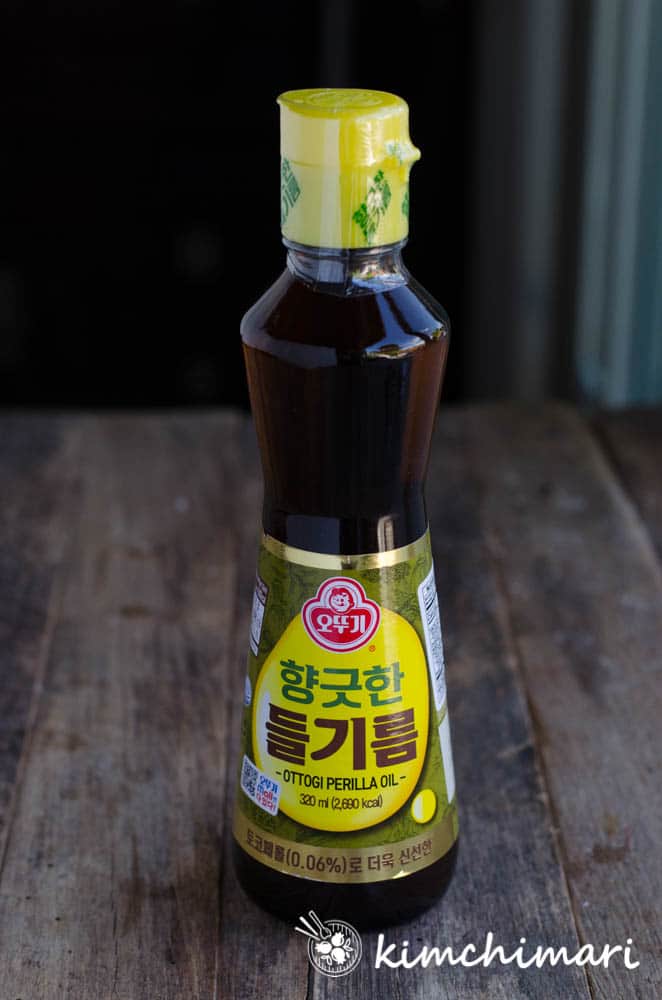
How to Use/Cook
Perilla seed oil has a unique minty and herby flavor that not everyone likes. So use it sparingly and test to see if you like it.
You can use it to saute vegetables, roast gim (sea laver), season namul and finish stews or soups.
How to Clean/Store
Perilla oil goes rancid pretty quickly so it is best to refrigerate and use as soon as possible.
How To Grow
You can grow Perilla plants quite easily from seed. Plant in spring, enjoy the Perilla leaves (Kkaennip) during the summer and then harvest the seeds in the fall. These also self-propagate easily so you will likely see them sprout again the next year.
Read more about it here - How to Grow Korean Vegetables.
Nutrition/Health Info
"Perilla frutescens seeds are a good source of polyunsaturated fatty acids (PUFAs). In addition, only the seed oil contains the omega 3 fatty acid alpha-linolenic acid (ALA). In comparing to other plant oils, perilla seed oil consistently contains the one of the highest proportion of omega-3 (ALA) fatty acids, at 54–64%. The omega-6 (linoleic acid) component is usually around 14% and omega-9 (Oleic acid) is also present in perilla oil. These polyunsaturated fatty acids are most beneficial to human health and in prevention of different diseases like cardiovascular disorders, cancer, inflammatory, rheumatoid arthritis etc." - excerpt from Reference article below
